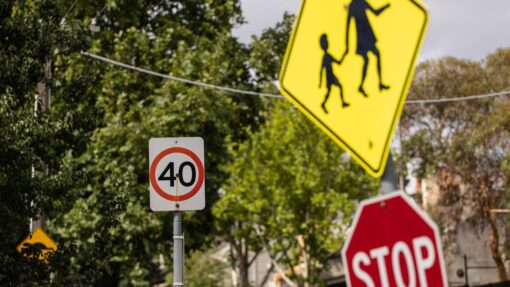Housing recovery gains momentum as supply tightens
Paul Osborne |
Australian home values are up 4.9 per cent since February adding around $34,000 to the average dwelling.
CoreLogic’s national home value index released on Friday marked a sixth consecutive monthly rise, up 0.8 per cent in August.
Every capital city except Hobart (-0.1 per cent) recorded a rise in dwelling values over the month.
Lower than average advertised supply levels have put upwards pressure on home values across most capital cities, while flatlining interest rates are boosting buyer confidence.
Gains were led by a 1.5 per cent increase across Brisbane, followed by Sydney and Adelaide where home values were up 1.1 per cent.
CoreLogic research director Tim Lawless said there had been a diverse trend.
“Sydney has led the recovery trend to-date with a gain of 8.8 per cent since values found a floor in January this year,” he said.
“Brisbane has also posted a strong recovery with values up 6.2 per cent since bottoming out in February.
“At the other end of the scale, some other capital cities are better described as flat, with Hobart home values unchanged since stabilising in April, while values across the ACT have risen only mildly, up 1.0 per cent since a trough in April.”
Hobart and Canberra are witnessing higher supply than a year ago, which contributed to the stability of values in the two cities.
Across the capital cities, house values are up 6.3 per cent since bottoming out in February, compared with a 4.9 per cent rise in unit values.
Conditions across regional housing markets were mixed.
Values were down over the month across the non-capital city regions of NSW (-0.2 per cent) and Victoria (-0.6 per cent), rising across regional Queensland (0.8 per cent) and SA (0.9 per cent), and holding flat in regional WA and Tasmania.
Parts of the Gold Coast and Sunshine Coast comprised seven of the top 10 markets for the largest capital gain over the three months ending August.
The Australian Bureau of Statistics will release its latest lending data on Friday, ahead of the Reserve Bank board meeting on Tuesday.
The RBA is widely expected to keep rates on hold at 4.1 per cent for a third month in row, on the back of cooler than expected monthly inflation.
AAP


